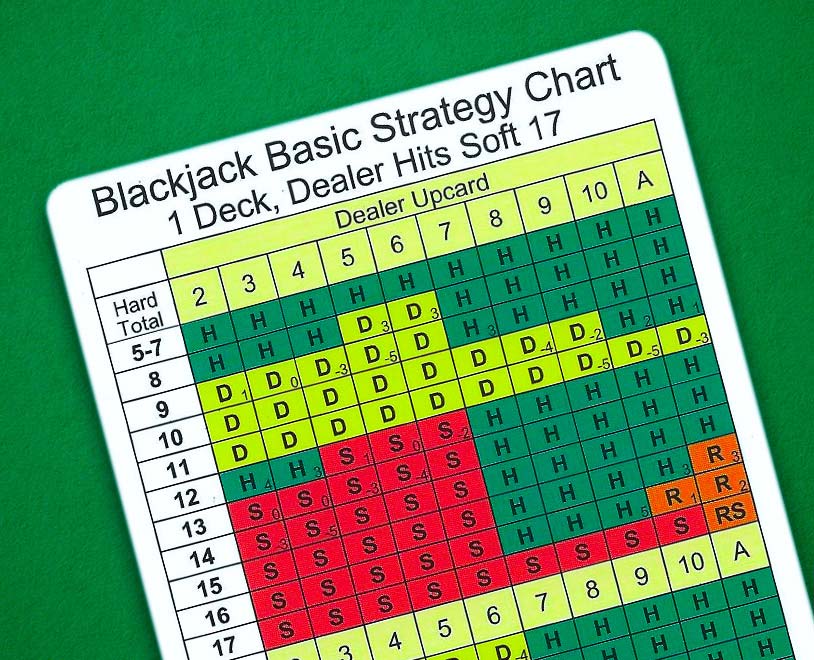Blackjack Strategy Chart Dealer Stands On 17

Both charts are based on that the dealer must stand on soft 17. The purpose of these strategy charts is to help you learn the basic rules of when to hit, when to stand, when to double down and when to split pairs under different situations. By studying these charts carefully, you will learn the best decision to make in any hand given in Blackjack. Multi-Deck Blackjack: Dealer Stands Soft 17 Multi-deck blackjack is played with 4+ decks and this Basic Blackjack Strategy Chart below is where the dealer stands on a soft 17. The rules and conditions of multi-deck blackjack may vary from one casino to another. For example, the strategy charts and tables state that you should hit hard 16 against a dealer’s 10 (assuming surrender is not offered), regardless of your 16 is composed of 10-6 or 8-4-4. Single-Deck Blackjack Game Dealer Stand on Soft 17, DAS Chart.
Blackjack Strategy Chart Wallet Size
- Appendices
- Miscellaneous
- External Links
On This Page
Introduction
To use the basic strategy, look up your hand along the left vertical edge and the dealer's up card along the top. In both cases an A stands for ace. From top to bottom are the hard totals, soft totals, and splittable hands. There are two charts depending on whether the dealer hits or stands on soft 17.

Other basic strategy rules.
Simple Blackjack Strategy Chart
- Never take insurance or 'even money.'
- If there is no row for splitting (fives and tens), then look up your hand as a hard total (10 or 20).
- If you can't split because of a limit on re-splitting, then look up your hand as a hard total, except aces. In the extremely unlikely event you have a pair of aces you can't re-split and drawing to split aces is allowed, then double against a 5 or 6, otherwise hit.
Ideally, the basic strategy shows the play which, on average, will result in the greatest win or the least loss per initial hand played. The way I usually go about this is to look at the initial 2-card hands only. Generally, this will result in the overall best play. However, soft 18 against a dealer ace when the dealer stands on soft 17 provides the only known exception that I am aware of for any number of decks. As my blackjack appendix 9 shows, a 2-card soft 18 vs A has an expected value of hitting of -0.100359, and of standing -0.100502. So with two cards it is very slightly better to hit. However, not all soft 18's are composed of two cards. The more the cards in the player's hand the more the odds favor standing. Simulations show that if forced to always hit or always stand, it is better to stand. I would like to thank Don Schlesinger for bringing this unusual play to my attention.